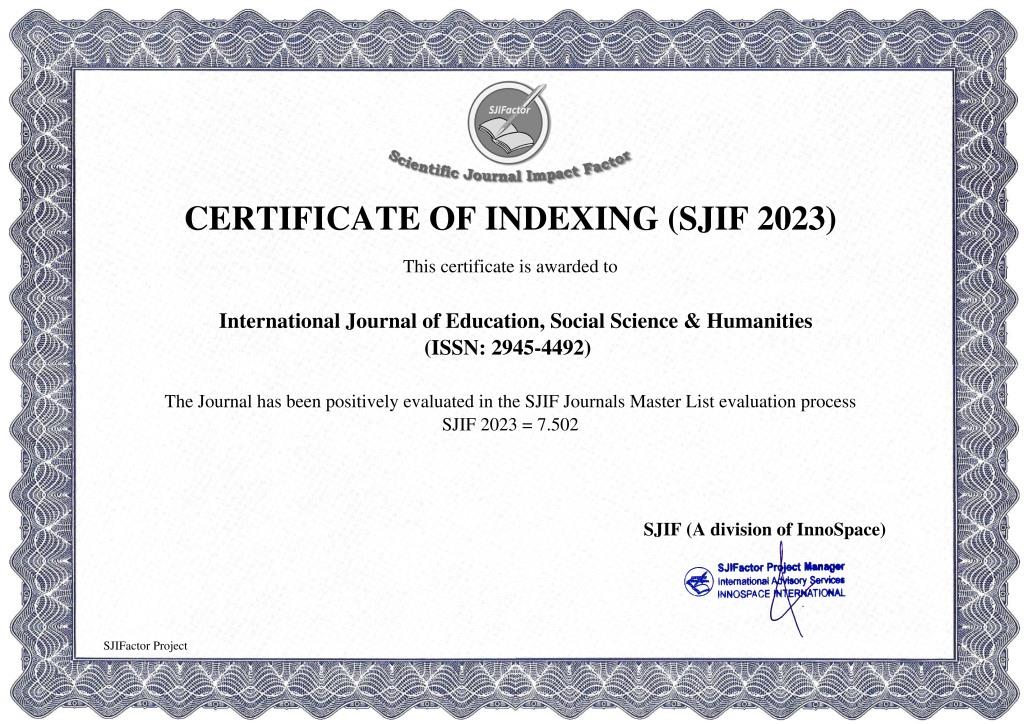THE DIFFICULTIES OF TRANSLATING IDIOMS
Keywords:
economic terms, techniques, different language, difficulties.Abstract
The aim of the current study was to examine the most typical translation issues that students in the supplementary professional education program encounter. Based on the details you mentioned, it appears that the study focused on identifying common translation difficulties related to lexical-phraseological features, such as economic terms, non-equivalent vocabulary, neologisms, idioms, euphemisms, and abbreviations. The findings suggest that students demonstrated a good understanding of translating main economic terms and techniques. However, they faced challenges when it came to translating idioms and faux friends (words that look or sound similar in different languages but have different meanings). Neologisms, although not difficult, were considered quite challenging. Additionally, interviews conducted after the translation tasks helped identify subjective difficulties experienced by the students and the techniques they employed to overcome them.
References
Barkhudarov, L.S. Yazyk i perevod (Voprosy obshchei i chastnoi teorii perevoda). 1975.
Ismagilova, L. R.; Solodkova, I. M.; Grigorieva, E. V. Cultural aspect in the course materials for the vocational training programs. In: SHS Web of Conferences. EDP Sciences, 2017. v. 37, p. 1078.
Taamneh, I. M. The Most Common Translation Problems Encounter the Saudi Students in Translating Selected Arabic Literary Items and their Point of Views behind these Problems. International Journal of Applied Linguistics and English Literature, v. 7, n. 5, p. 77-86, 2018.














